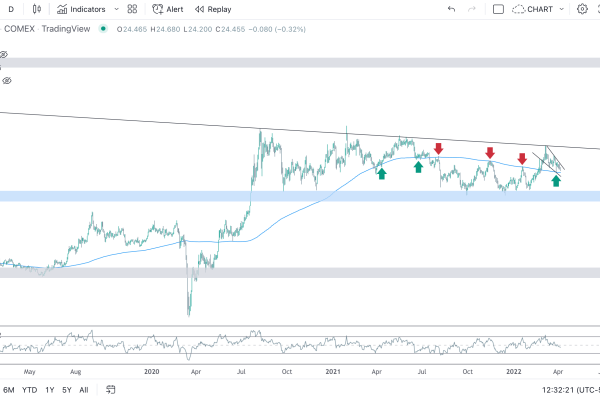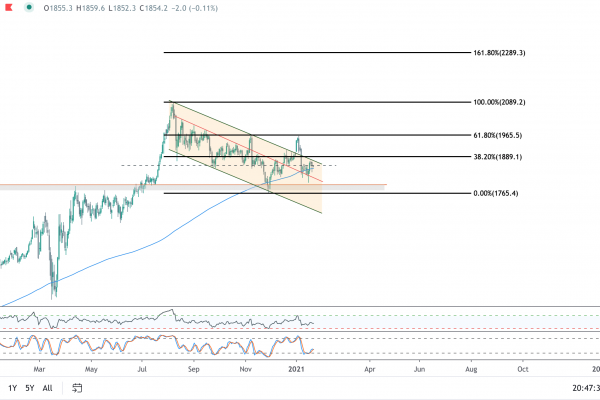What is a Troy Ounce?
First-time precious metals buyers are often confused by the difference between a troy ounce (ozt) and a “regular” ounce, especially when their 100 oz silver bar actually weighs 6.85 lbs on the scale instead of 6.25 lbs. Did they receive more silver than they paid for? The answer lies in an antiquated system of measurement still used today for precious metals known as troy weights.
But first: what exactly is a “regular” ounce? We remember from grade-school that an ounce is 1/16 of a pound, and when we visit the grocery store and ask for half-a-pound of cheese, we expect to receive eight ounces in return. This extremely common unit of measure is known as an avoirdupois ounce, and it is used for measurements not involving gold, silver, platinum, or gunpowder.
The troy ounce was retained from the Roman system for these four commodities in order to preserve the standards previously set across time, as the two-system standard would have created problems for the monetary system of the day.
A troy ounce is 1/12 of a troy pound (a troy pound is actually lighter than an avoirdupois pound). The troy ounce (480 grains) is heavier than the avoirdupois ounce (437.5 grains). A grain is 64.79891 milligrams (mg); therefore one troy ounce is 31.1034768 grams (g). This measures out to be about 10 percent more than the avoirdupois ounce, which is 28.349523125 g.
1 troy ounce = 1.09714286 ounces (avoirdupois)
Troy ounce to metric metric measurements
As mentioned above, one troy ounce is equal to 31.1034768 grams. Therefore, one kilogram is equal to 32.1507 troy ounces.






